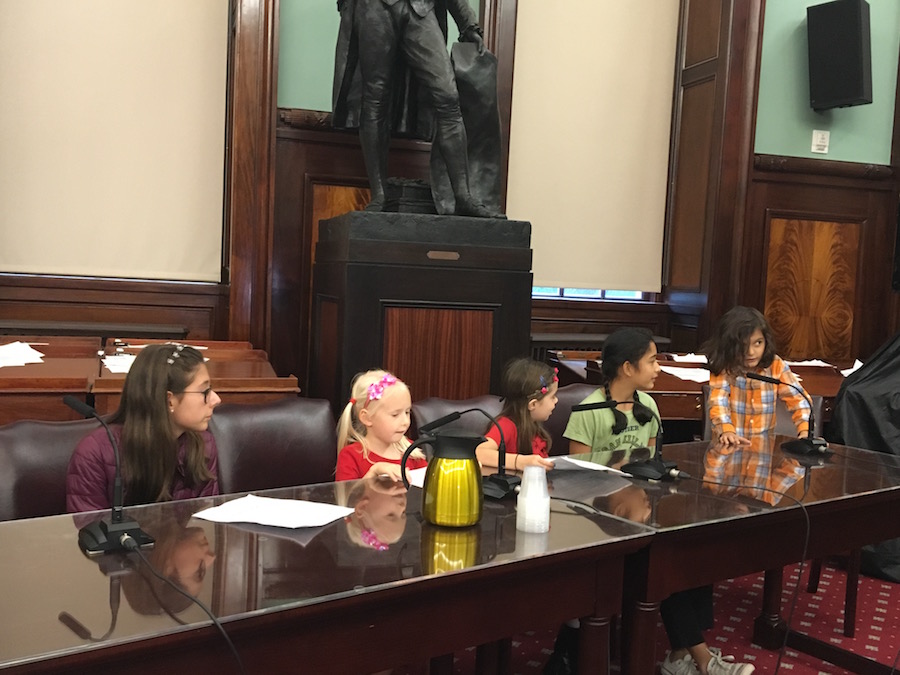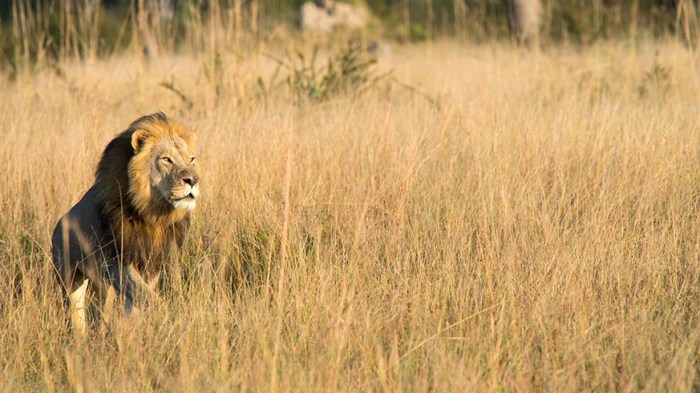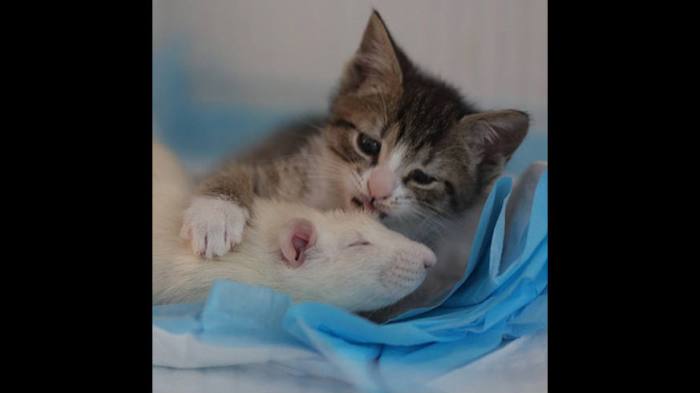Seven year-old Freyja Land stood before city council members Thursday and delivered a simple message: Animals are happier in nature than performing in circuses.
Animal handlers under the big top “use whips on big cats and bull hooks on elephants,” she said.
Freyja was among those who testified during the council’s public hearing on a proposal to ban performances by exotic animals in the city. A few children offered their opinions.
Ruby Goodman, 11, was more emphatic in her testimony.
“If these (acts) were done to a human, it would be illegal,” she said. “So what is the difference between humans and circus animals? The ability to speak our language. That is why we are here.” The proposed legislation would ban the display of wild or exotic animals for public entertainment or amusement.
If passed, it would prohibit such businesses as circuses and petting zoos from using wild animals in their shows and exhibits, making New York City one of the many towns and cities in the country to have banned such performances. Accredited zoos and aquariums would be exempt from the ban, as would registered research facilities, educational programs and religious ceremonies that do not involve keeping the animal in mobile facilities for more than 12 hours. Prior to the hearing, a group of people held a rally to protest the use of wild animals in circuses.
“This isn’t anti-circus. This is pro-circus,” said Brian Shapiro, director of the Humane Society in New York, speaking of the proposed legislation. “This is about supporting circuses that understand that wild animals shouldn’t be in these (kind of) acts.” Nearby, a smaller, pro-circus group held their own rally, sporting yellow stick-on badges that said “Keep the Circus in New York.”
Council Member Rosie Mendez, who introduced the proposed legislation, noted that she introduced a similar measure more than 10 years ago.
“Shortly after I introduced this legislation, the Bronx Zoo decided that it did not have enough room for its elephants,” she said. “So my question was how can a circus travel from city to city with its (animal) trailers?” Advocates of the ban argue that it might bring an end to abuse that animals face in circuses due to the physical aggression against these animals by their trainers, their poor living conditions, and the brutal training programs that are designed to make them act for a live audience. Circus representatives denied that their animals are mistreated.
“The statements made by the supporters of this proposal about performing animals are not based on any actual first-hand knowledge of big cat training, transport or care,” said Alexander Lacey, a big cat trainer and presenter at Ringling Bros. and Barnum and Bailey circus. Council Member Corey Johnson, who joined Mendez in introducing the bill, responded that the company had been cited for 150 violations of the federal Animal Welfare Act, for causing animals trauma, stress, physical harm and unnecessary discomfort. Although the circus representatives argued that removing animals from their shows would mean financial losses for them, Johnson cited the example ofCirque du Soleil performances where animals are not involved in any of the acts and are yet financially successful. Although the acts involving elephants were phased out this year, Ringling Bros. and Barnum and Bailey circus uses lions, tigers, camels, donkeys, pigs, kangaroos, llamas among other animals in its shows. The Big Apple Circus uses camels, llamas, horses and dogs in shows.
City considers banning performances by exotic animals

Neha Banka Kanoria


















